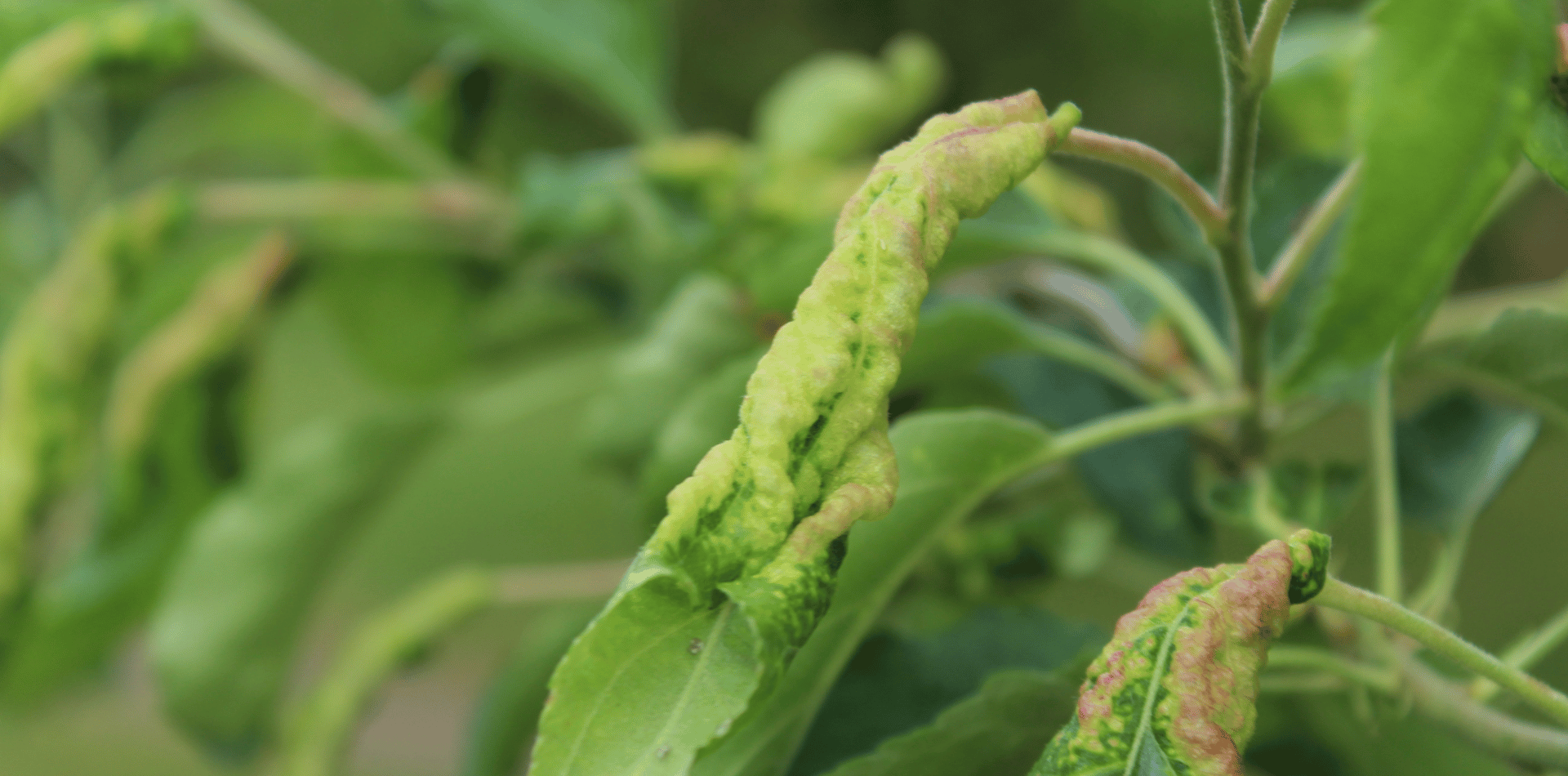Australian Eucalyptus Trees and Their Importance to Vegetation Diversity
Australian Eucalyptus Trees
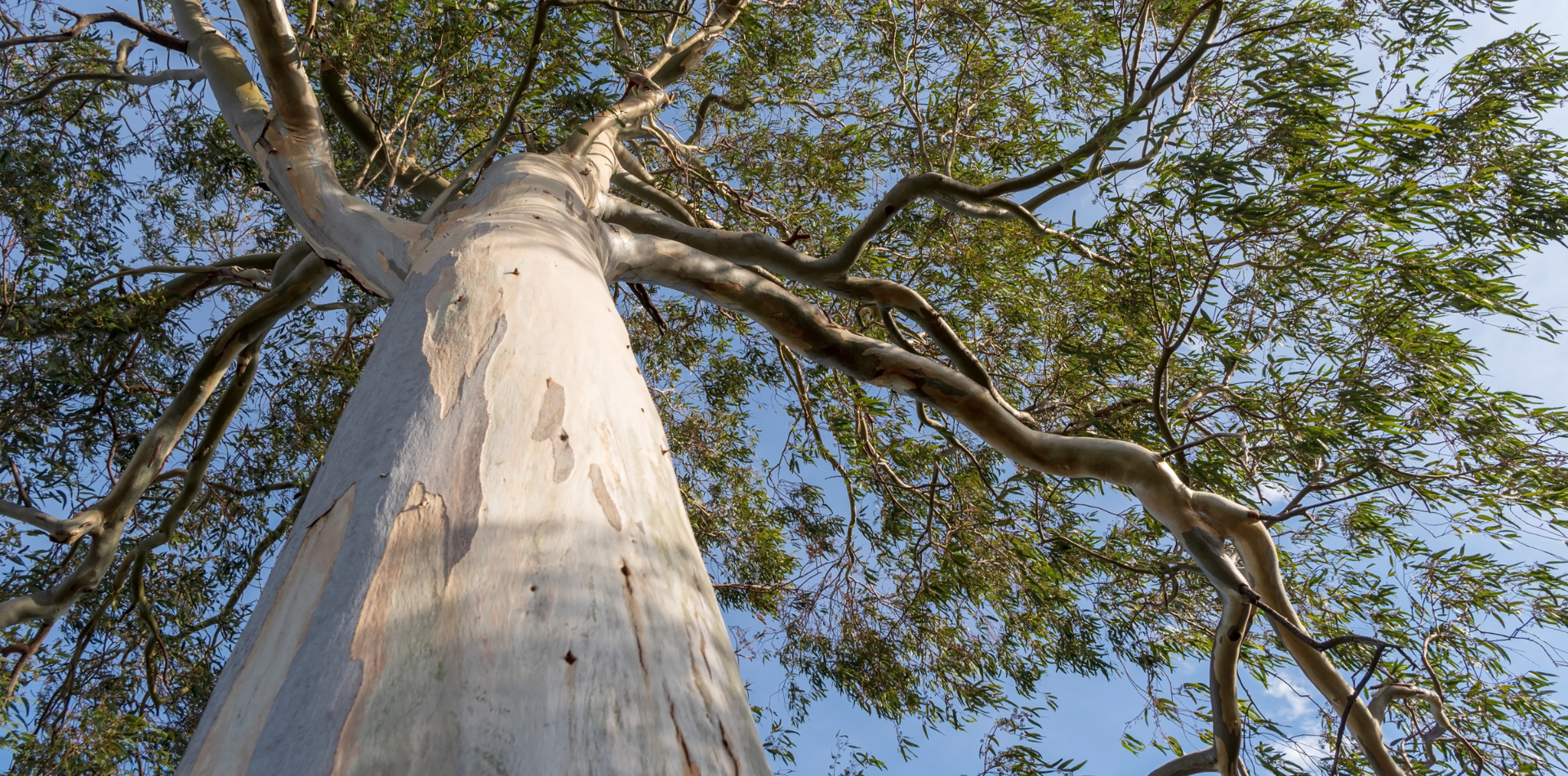
The eucalyptus, or gum tree, stands as a towering symbol of our Australian landscape.
This diverse genus, which includes over 700 species, is not only a hallmark of the Australian continent but also plays a crucial role in maintaining and enhancing vegetation diversity.
We'll detail the unique characteristics of Australian eucalyptus trees and examine their vital contribution to the diversity of vegetation in our amazing country.
The Diversity of Eucalyptus
The eucalyptus exhibits remarkable adaptability and diversity. These trees are found across various Australian landscapes, from coastal regions to mountainous areas and arid interiors.
Each species has adapted uniquely to its environment, leading to a wide range in size, shape, and life cycle strategies.
For instance, the towering Mountain Ash (Eucalyptus regnans) of the cool temperate rainforests contrasts starkly with the smaller, hardier mallee eucalypts of arid areas.
Eucalyptus and Ecological Niches
Eucalyptus trees have evolved to fill a variety of ecological niches in Australia. Their ability to thrive in different environments contributes significantly to the ecological diversity of these regions. In some areas, eucalypts form dense forests, while in others, they are sparsely distributed, allowing a variety of other plant species to flourish under their canopy.
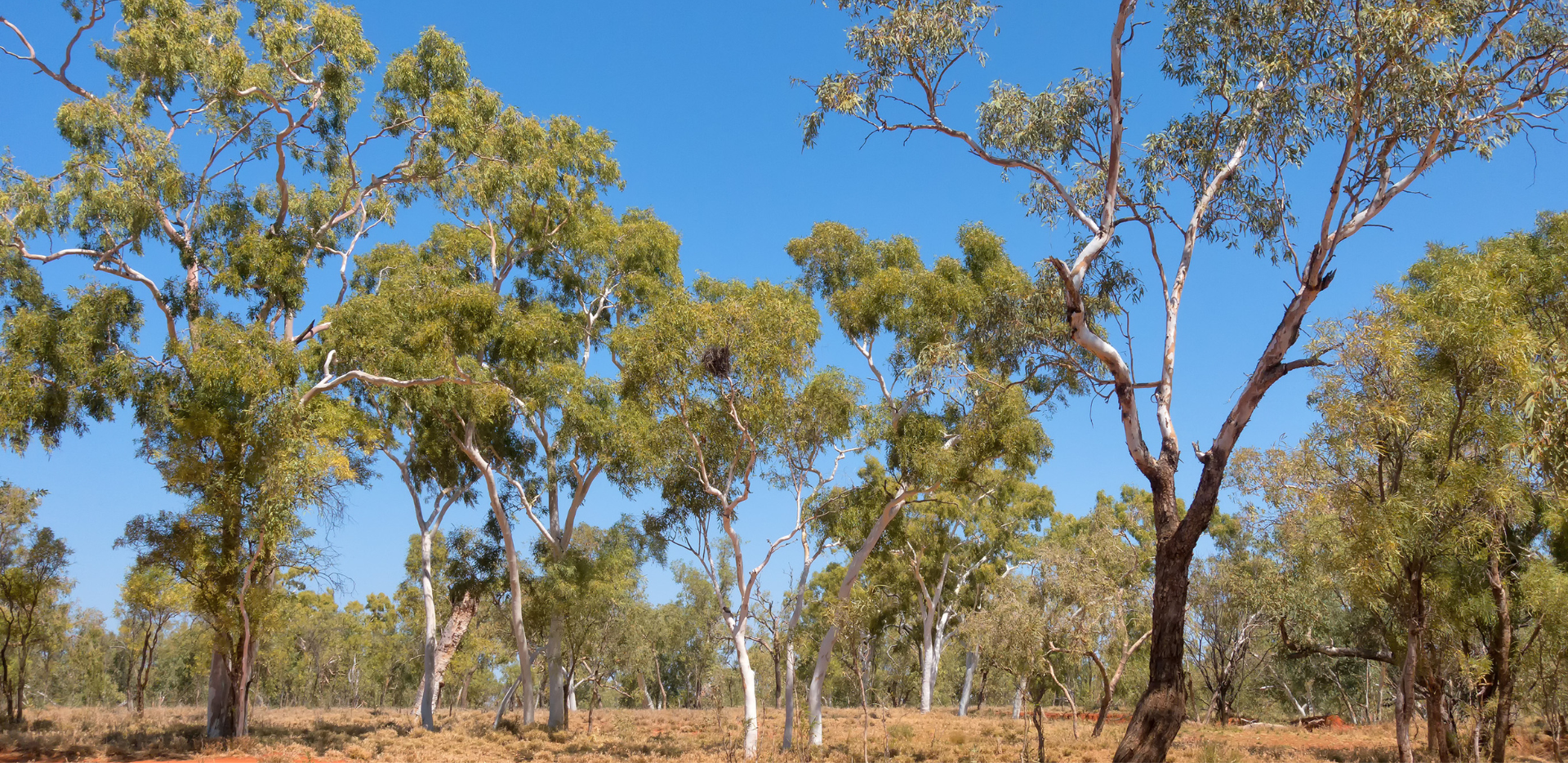
Contribution to Vegetation Diversity
The presence of eucalyptus trees directly influences the diversity of understorey vegetation.
In many eucalypt-dominated ecosystems, a rich understorey of shrubs, herbs, and grasses exists, which supports a wide range of animal species.
This understorey diversity is partly due to the eucalyptus trees' unique leaf litter and the light regimes they create, which vary between species and affect the growth of other plants.
Adaptation to Fire
One of the most striking aspects of many eucalypt species is their adaptation to fire, a common occurrence in the Australian landscape.
Some species have thick bark to protect against fire, while others possess the ability to resprout after being burnt. This adaptation not only ensures the survival of eucalyptus species but also plays a role in shaping the diversity of the surrounding vegetation, as different species respond to fire in various ways.
Eucalyptus and Faunal Diversity
Eucalyptus trees are integral to the survival of many Australian animal species.
Koalas, for example, rely almost exclusively on eucalypt leaves for food.
Many bird and insect species also depend on eucalyptus trees for habitat and food sources. This relationship between eucalypts and fauna further influences the overall biodiversity of the ecosystems in which they are found.
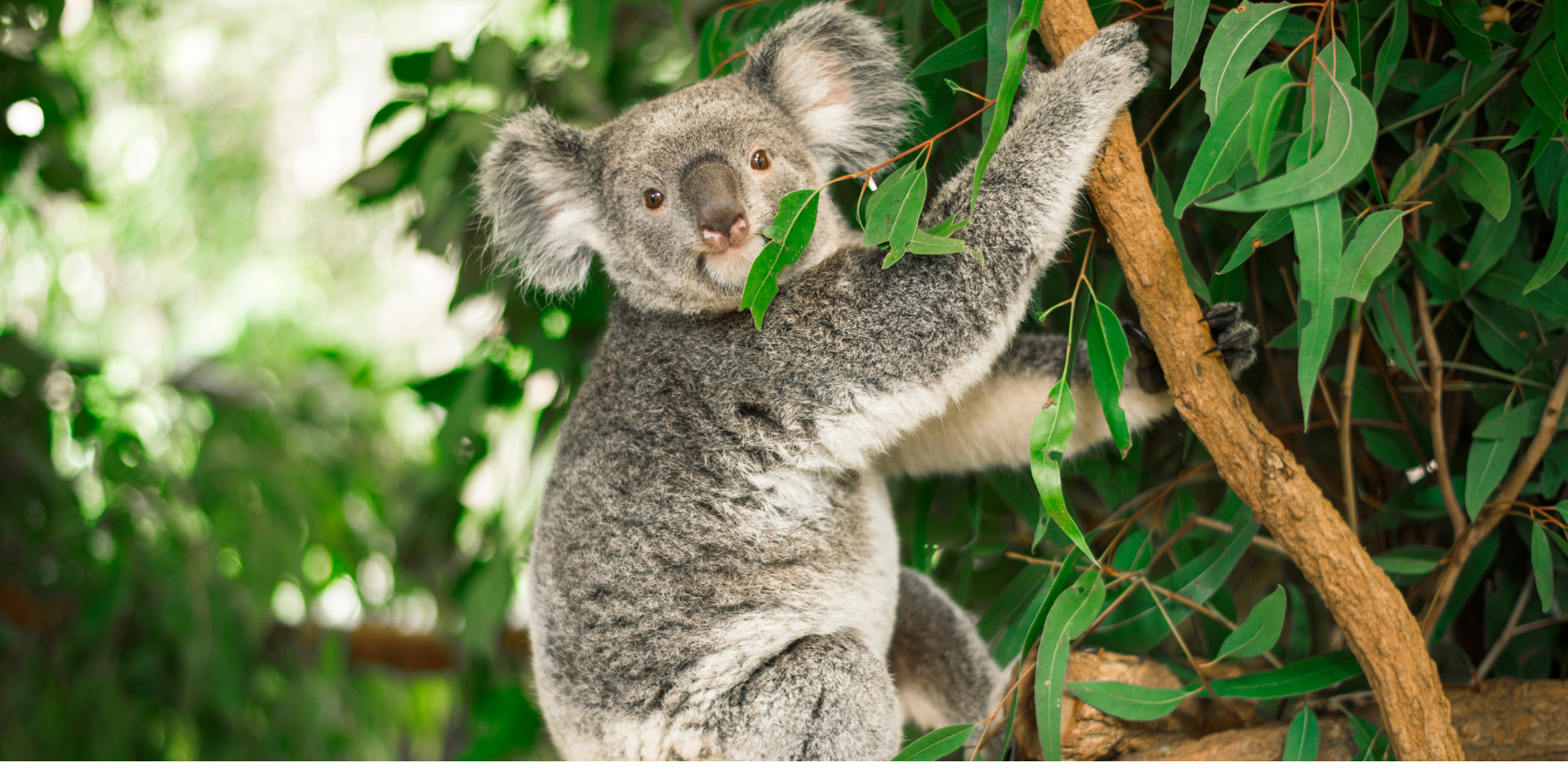
Challenges and Conservation Efforts
Despite their resilience, eucalyptus trees face threats from habitat loss, climate change, and diseases such as myrtle rust.
Conservation efforts are crucial to protect these keystone species and, by extension, the diverse ecosystems they support.
Research into the ecological roles of different eucalyptus species aids in the development of effective conservation strategies.
The eucalyptus trees of Australia are not just a distinctive feature of the landscape; they are key contributors to our country’s rich vegetation diversity.
Their varied forms and adaptations have shaped countless ecosystems, supporting a wide array of plant and animal life.
As such, the conservation of eucalyptus trees is essential not only for their survival but for the maintenance of Australia's unique and diverse flora and fauna. The eucalyptus stands as a testament to the intricate and dynamic nature of ecological relationships and underscores the importance of preserving natural habitats in the face of changing environmental conditions.
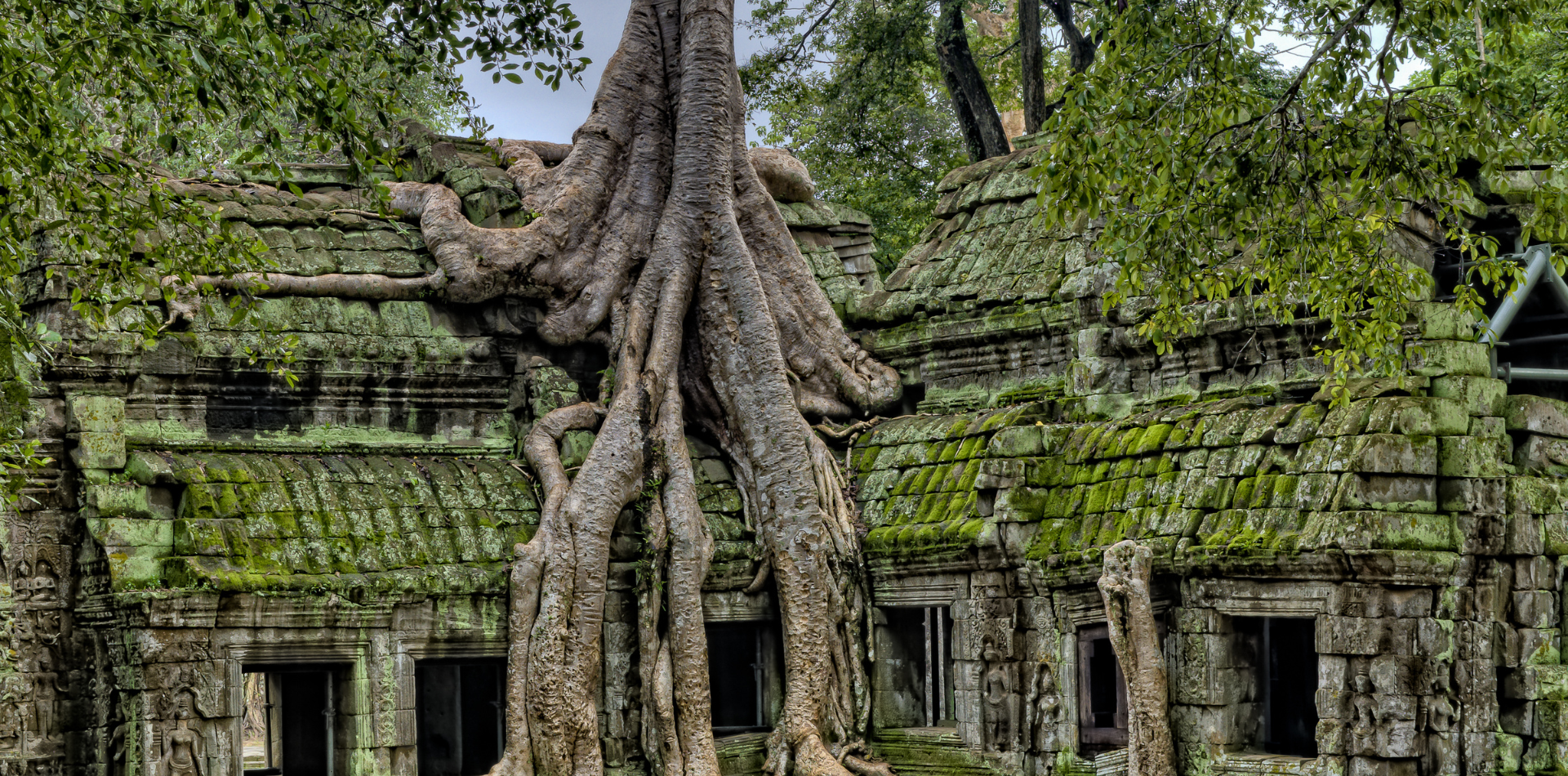

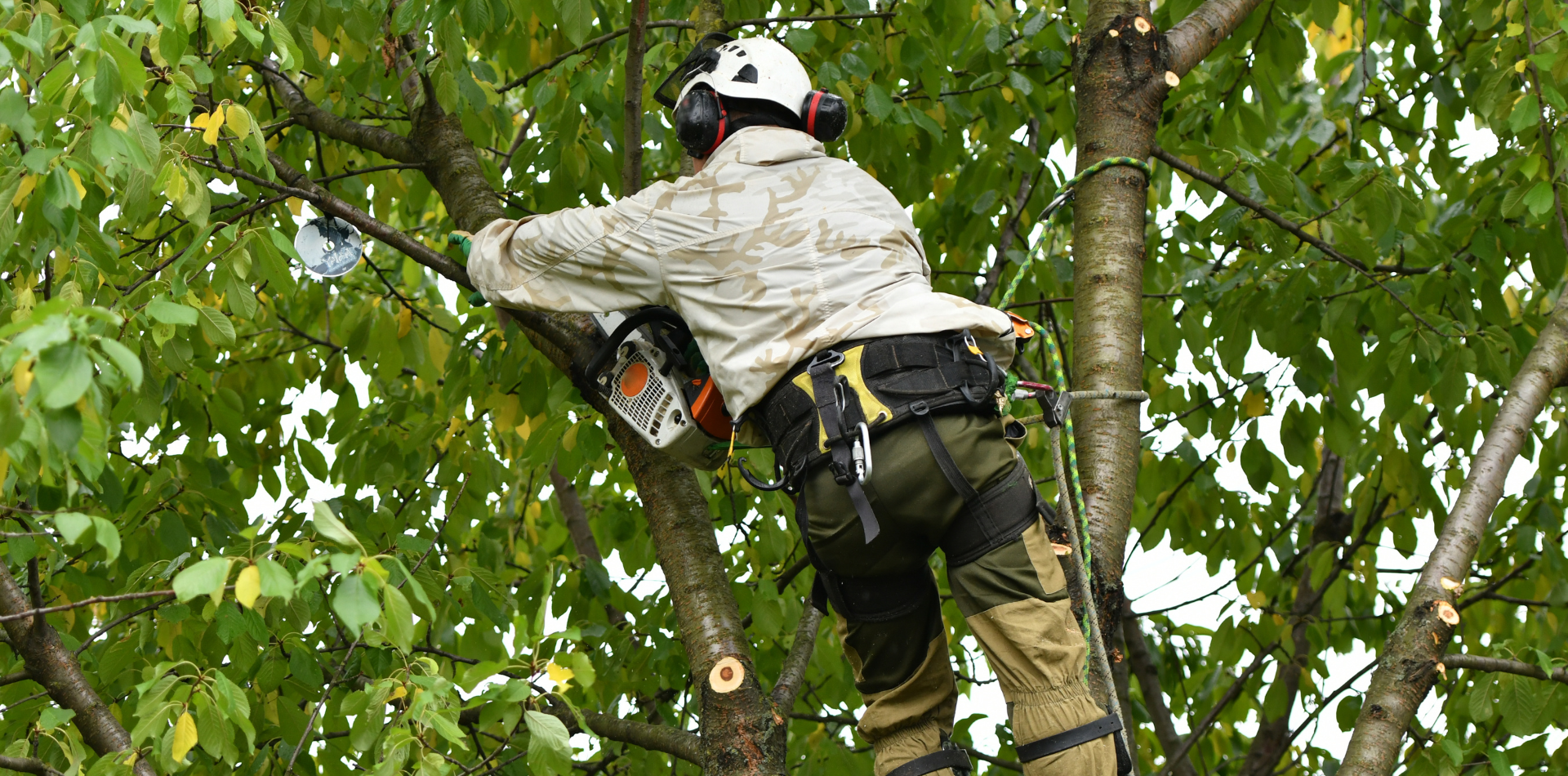
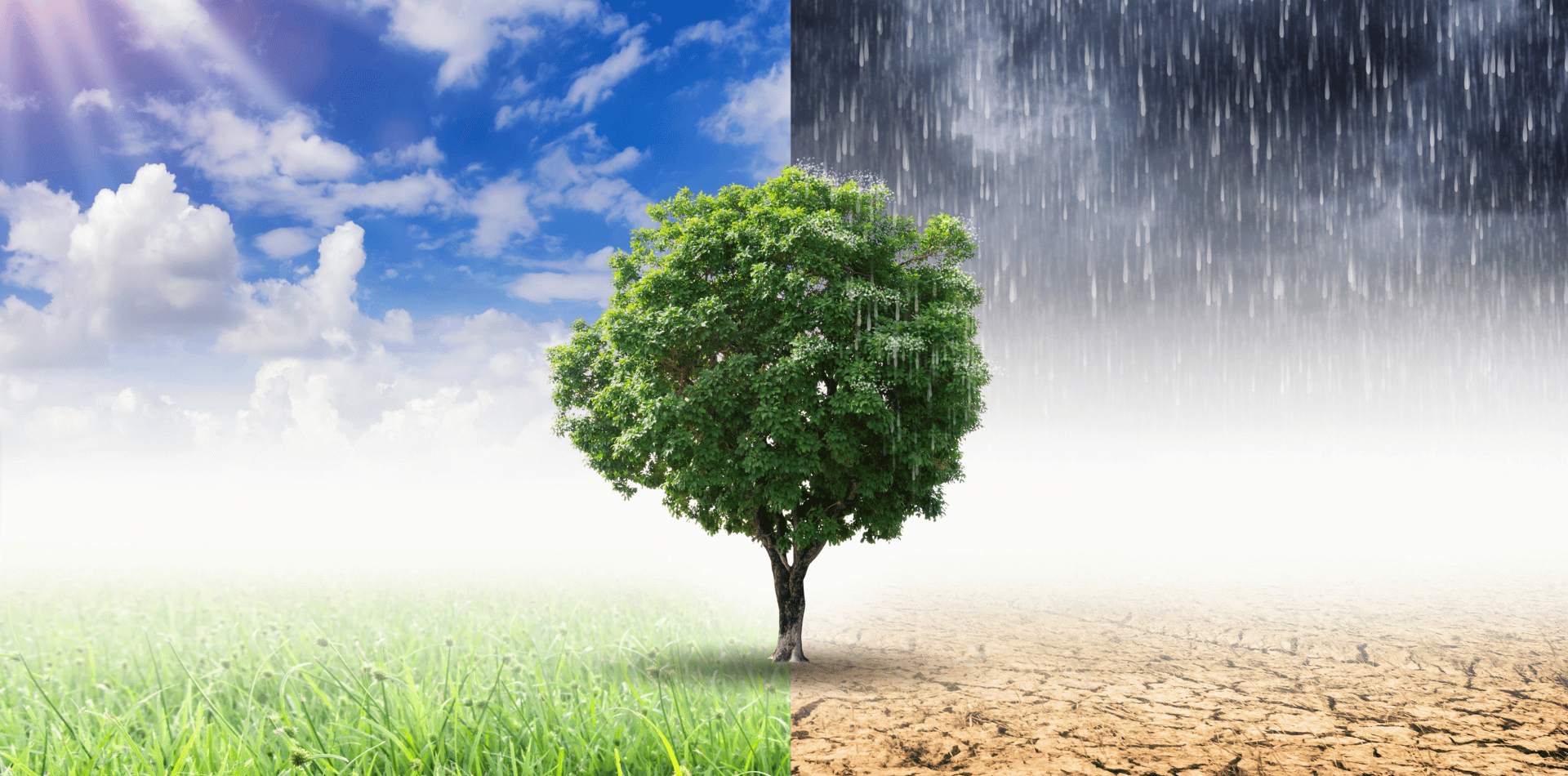

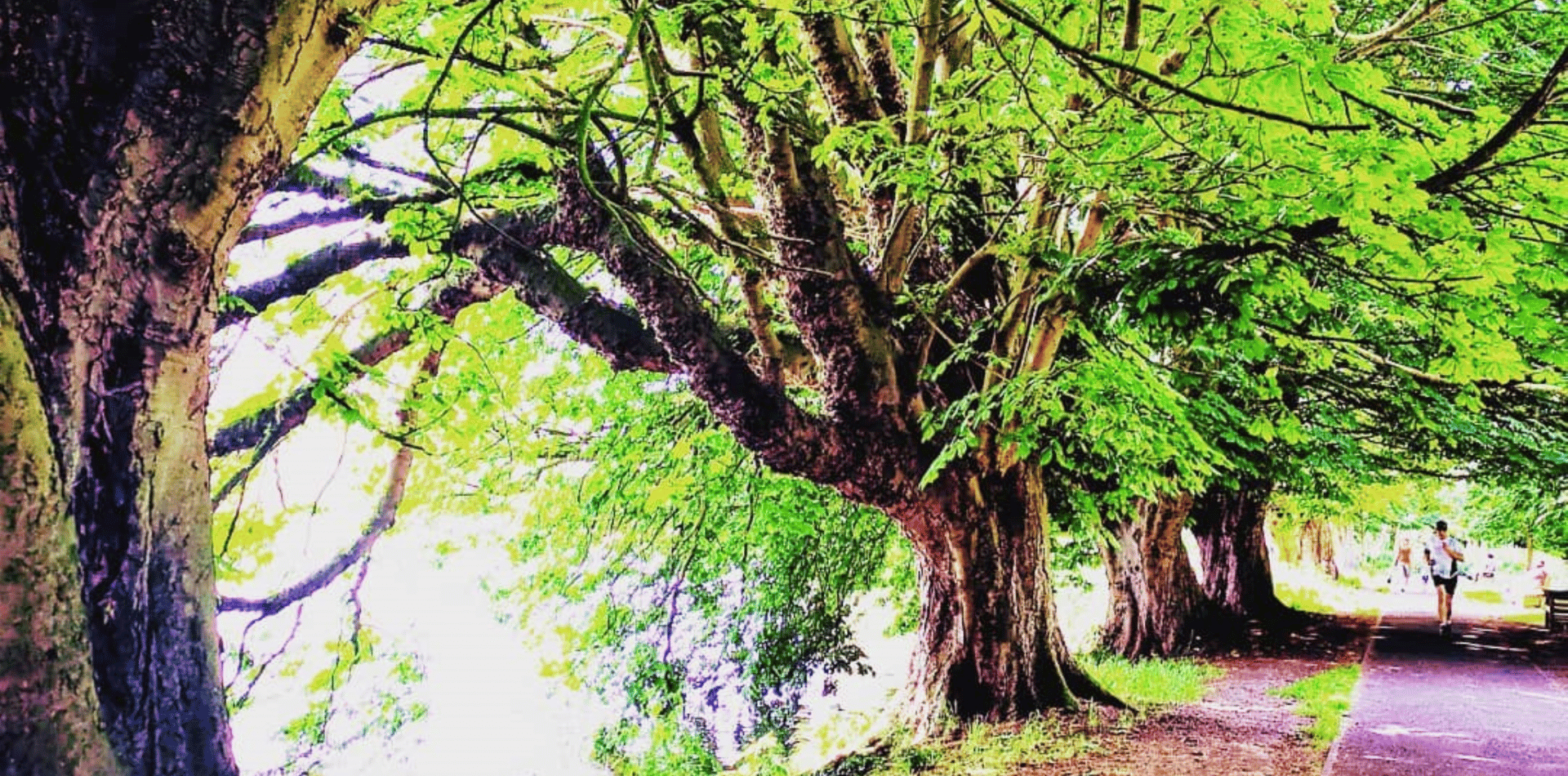
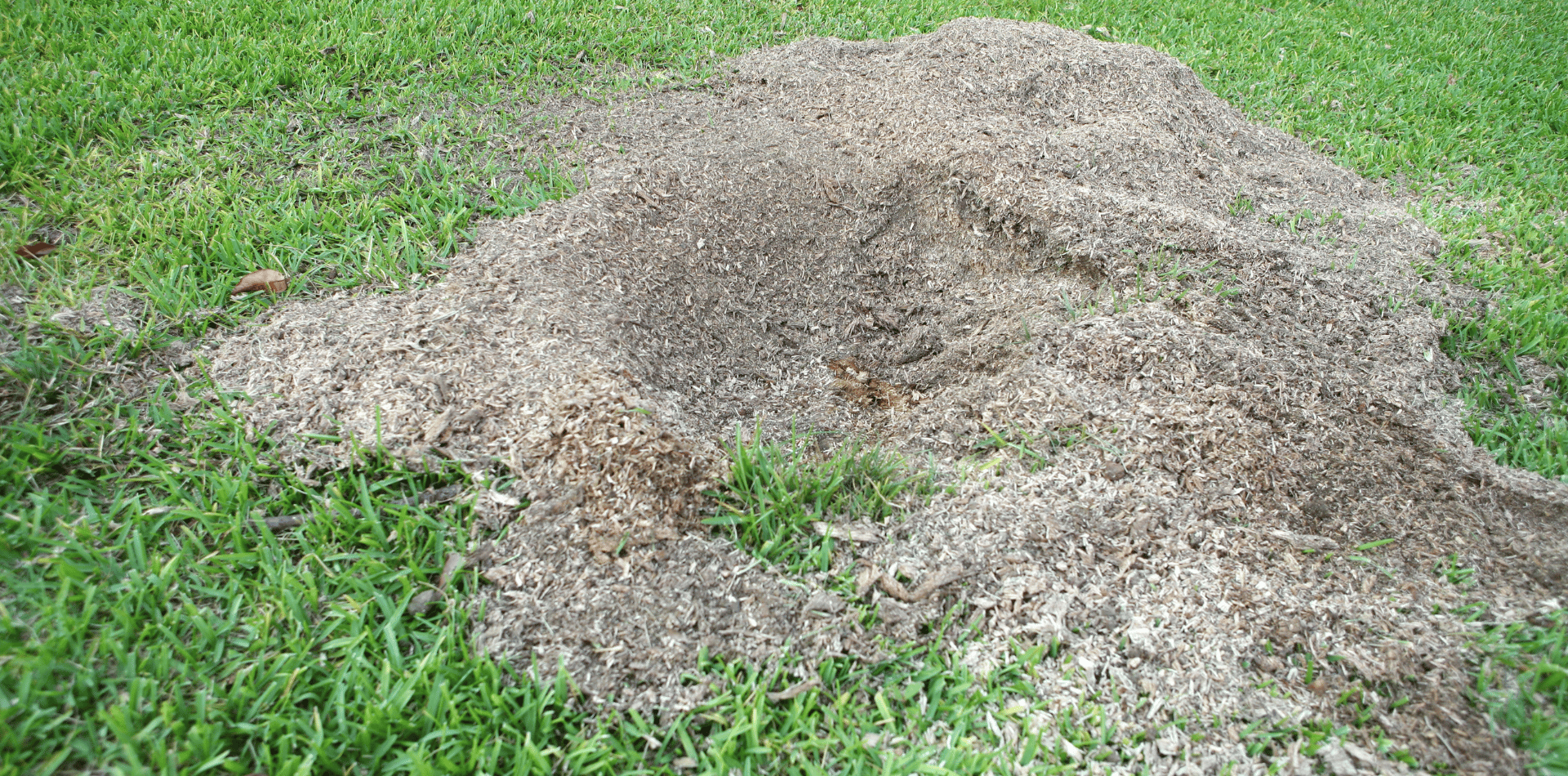
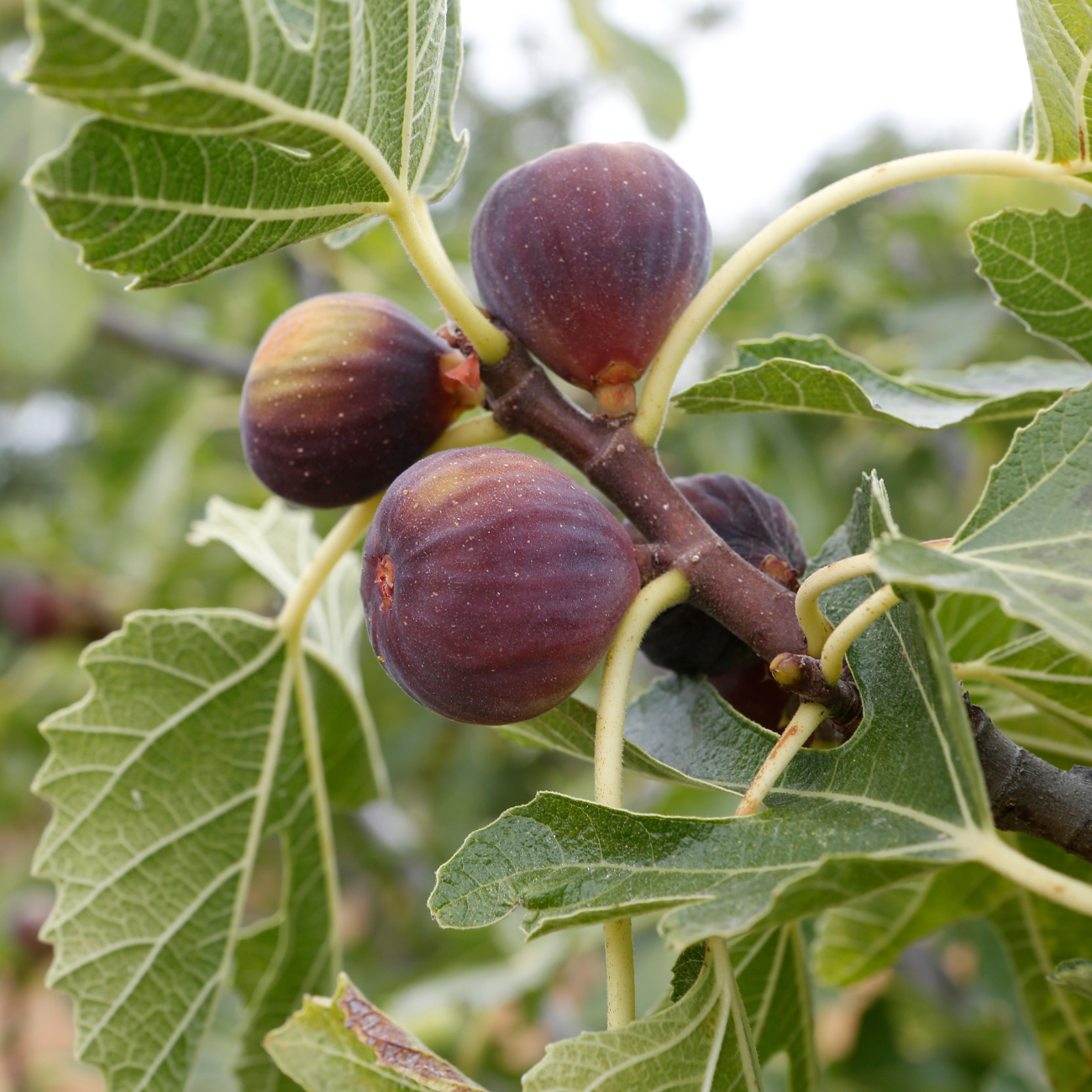

Contact
Kaptol Tree Removal Newcastle
A Member of the Kaptol Group
Powered by Kaptol Media

